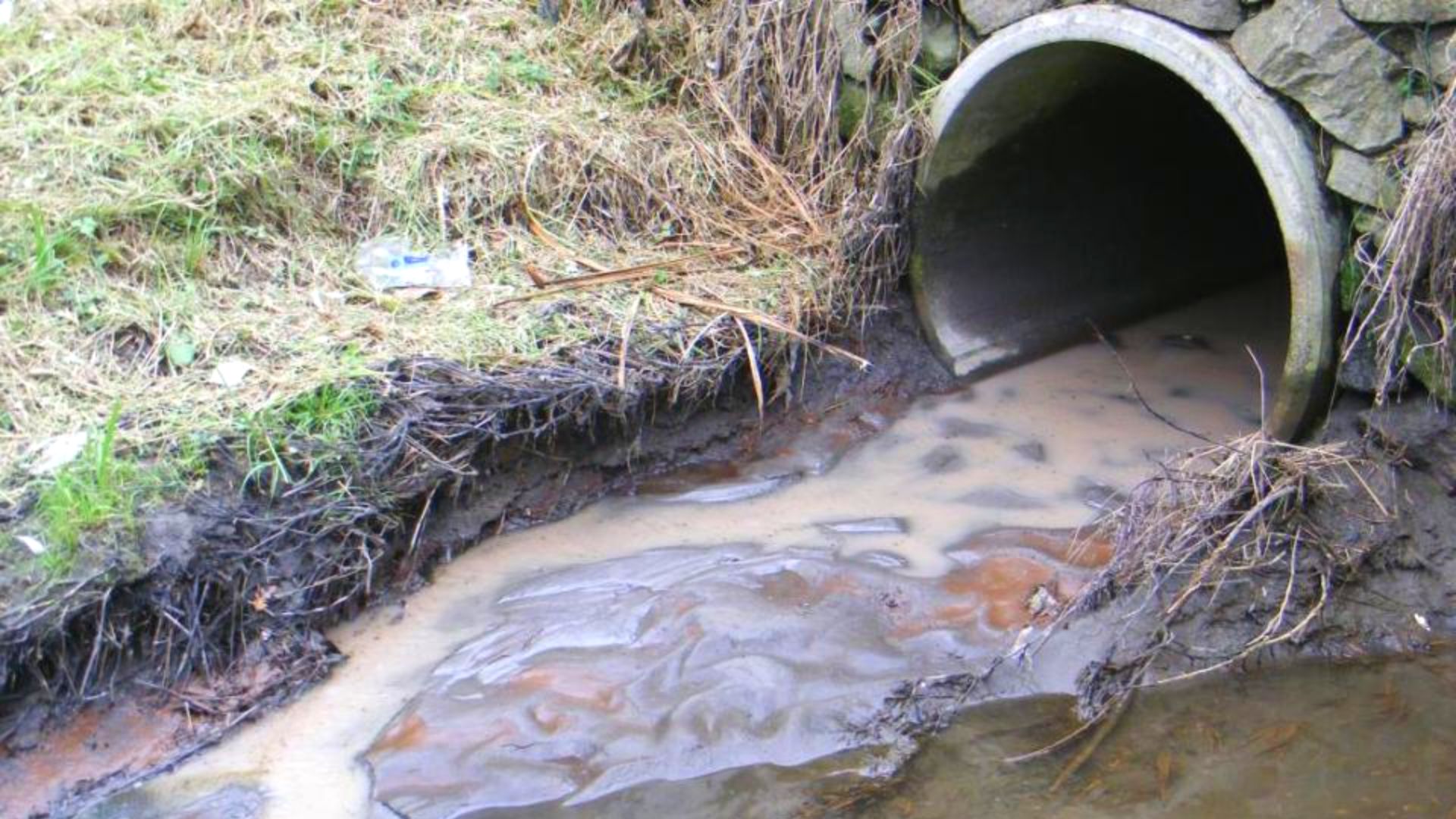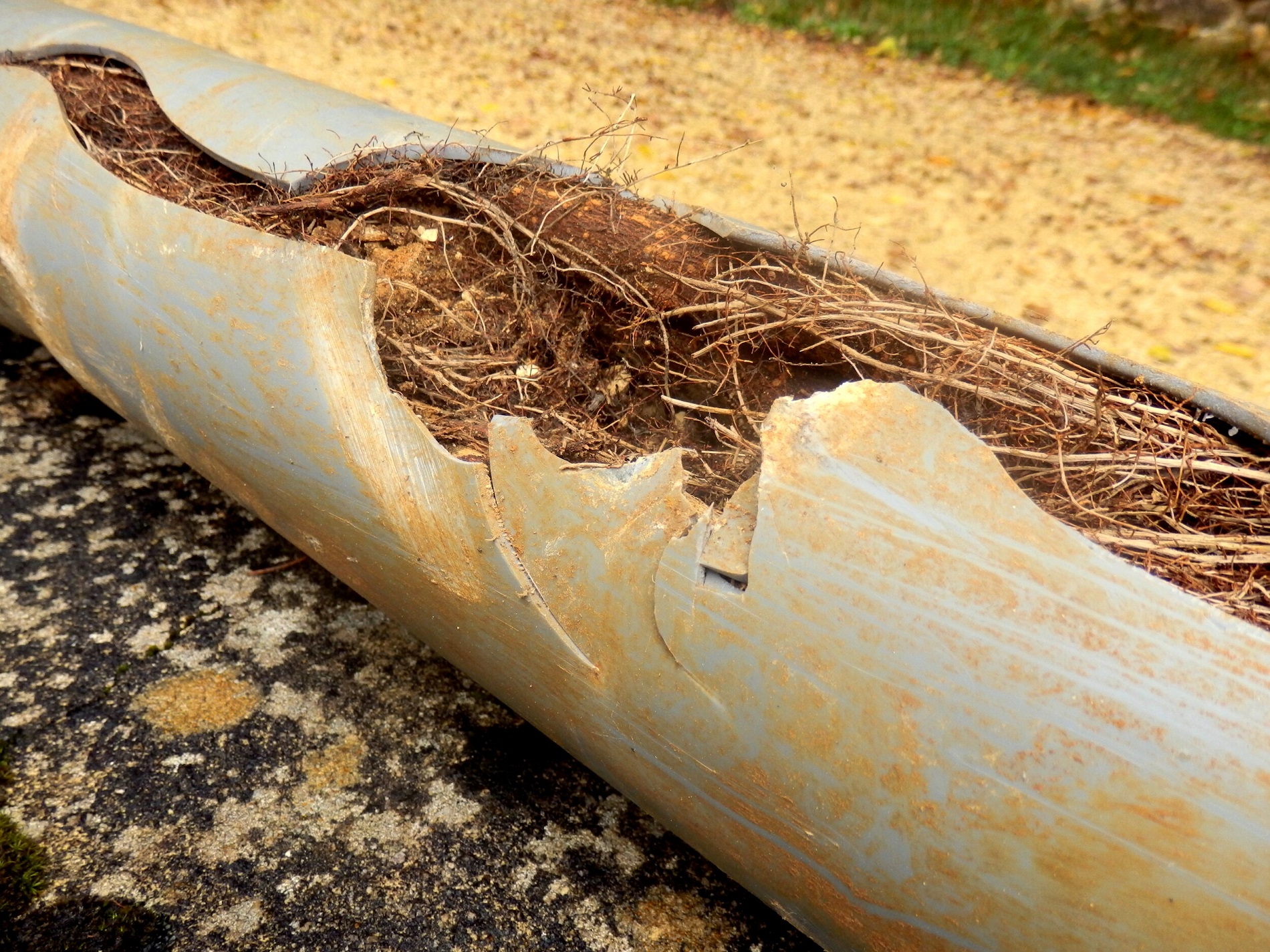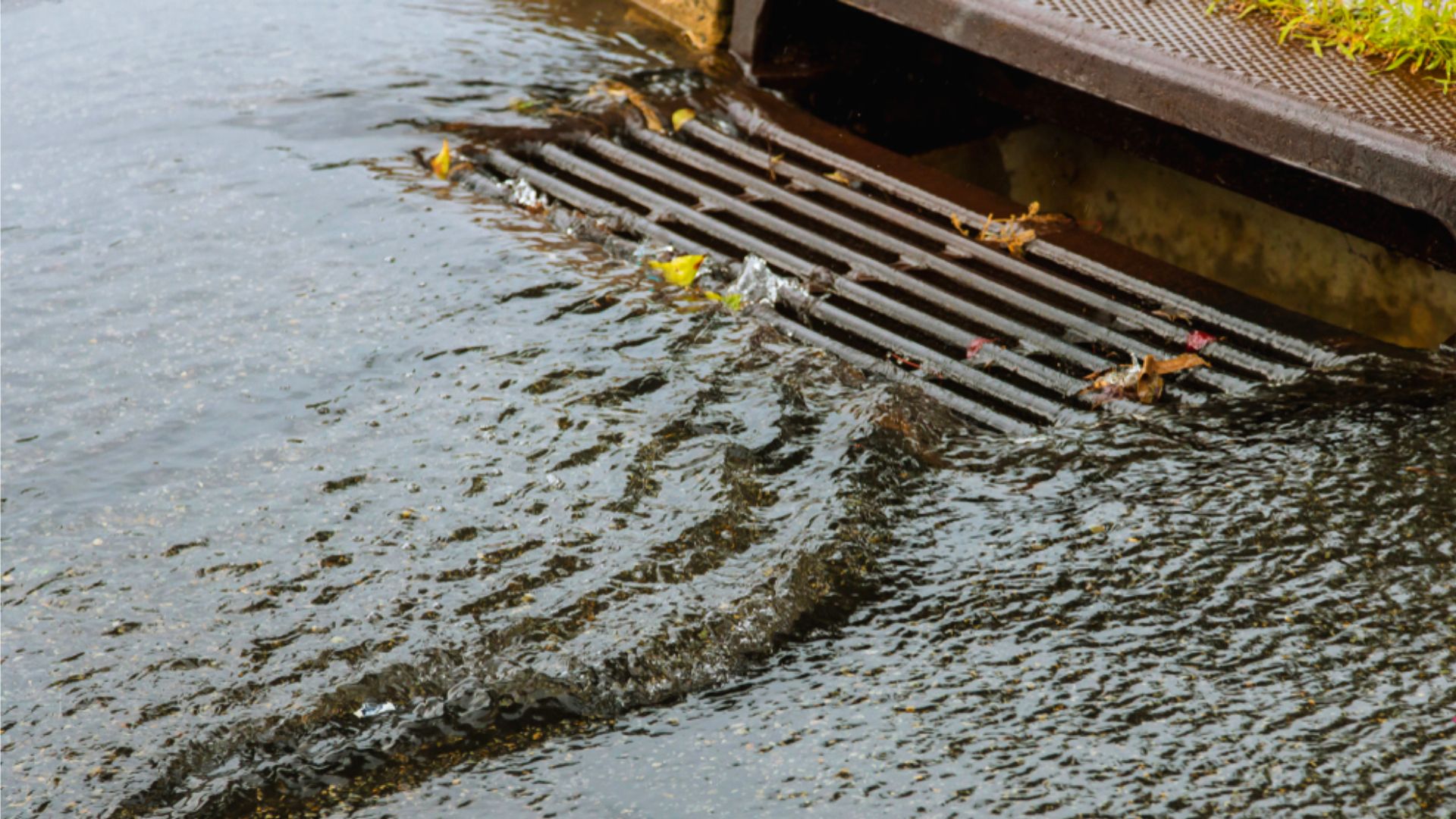7:00AM to 5:00PM
Stormwater drains are the most effective way to remove stormwater runoff or rainwater from your property.
However, many people ignore maintenance and stormwater management, thinking the local government should be responsible. This results in minor to severe blockages, clogged storm drains, and overflowing stormwater runoff. Fixing blocked stormwater drains can require much time and money, especially after flood damage. There will undoubtedly be expensive repairs, not just in your drain pipes.
That’s why we decided to introduce you to some of the top causes behind blocked stormwater drainage systems or your sewer system and how to prevent your clogged stormwater drainage systems altogether. So, dive in!

The primary reason behind a blocked stormwater drainage system is the accumulation of dirt and debris that enters it along with rainwater since it doesn’t only capture stormwater runoff but also captures sediments, especially from the roof and gutters, after a period of heavy rain. This can include twigs, branches and leaves, and plastics or bird corpses on the roof or gutter. Combining everything through time without proper plumbing maintenance, clogged stormwater pits are unavoidable. That is why, as property owners, maintaining and managing stormwater drainage systems is essential.
Not only that, but the drainage channels from your driveway or garage may also feed into this drain, which may bring more foreign material with the water.
If you have a tree near poorly managed stormwater drainage systems, its tree roots will likely enter the drain or stormwater pipes to absorb the water and nutrients. Their width can obstruct the passage within the pipes and stormwater system, impeding the water flow and resulting in a clogged storm drain.
Besides, the roots can forcefully penetrate the drain to reach the ground and the nutrients below it. In many cases, the force of intrusion can break the drain. Depending on the extent of the damage, you may need to repair or replace it.

Like the plumbing lines inside your home, the stormwater drain outside is susceptible to corrosion with the amount of moisture it’s exposed to. Corrugated steel, one of the most preferred materials for stormwater drains, is prone to corrosion by microbial matter that enters your existing storm drains with water and plant debris.
Once the corrosion spreads through the storm drain system’s surface (whether on the interior or exterior), cracks and crevices can develop. Conversely, concrete pipes can crack from constant exposure to the elements and significantly prolonged heat.
The cracks thus formed can also result in a leaking stormwater drainage system, and the leaking water or excess stormwater can damage your home’s foundation over time. Likewise, pools of water on the ground can damage the lawn or absorb it, affecting the floors of your home.
A minor clog in the drain can generally be broken down with a plunger. Carefully place the plunger on the drain cover to create a tight seal. Then, use swift to and fro movements to break the clog. Finally, use a garden hose to flush the debris down the drain.

However, this method may not be practical, nor the best way for all clogged drains and repairing or replacing the drain in case of damage can be challenging to do by yourself. However, you can rely on the techniques used by professional plumbers to resolve any issue with your stormwater drain systems. Some of the clogged stormwater drainage work includes:
High-pressure washing is among the most successful techniques for clearing clogs in stormwater drains. This involves washing the drain using a specialised hose and nozzle that sprays high-pressure water (between 4,000 and 5,000 PSI) from a motorised pump.
The stream of pressurised water can break down any clogs, even the ones caused by tree branches or roots. Moreover, plumbers may conduct CCTV inspections before employing the pressure washer to detect the exact location and nature of the clog.
Although you can rent a pressure washer, we recommend letting a professional do it for the best results. This also ensures that the high-pressure jet doesn’t damage your property.
As mentioned, some blockages can cause the pipe to crack or break, requiring repair or replacement. Pipe relining is one of the best methods for achieving both.
Plumbers start by clearing out blockages and inserting epoxy resin into the existing structure to fill in any cracks. Once set, the resin will become the new pipe.
The most significant advantage of this method is that it’s completely non-invasive, cost-effective and can be performed on any drain. Additionally, pipe relining can repair the entire drain or just a few sections.
That said, some damages may require the plumbers to dig the ground and perform the necessary repairs after inspecting the drainage thoroughly. However, you can rest assured knowing that they level the ground to preserve the look of your lawn or driveway.
That’s all we had for today.
But before we leave, here are a few things you can do to prevent your stormwater drain from clogging. First, regularly clean the gutter, roof, and ground, especially if you have large trees near the drain. We’d also suggest planting new trees away from the drain. If you need professional assistance, contact the Gold Coast Plumbing Company team.